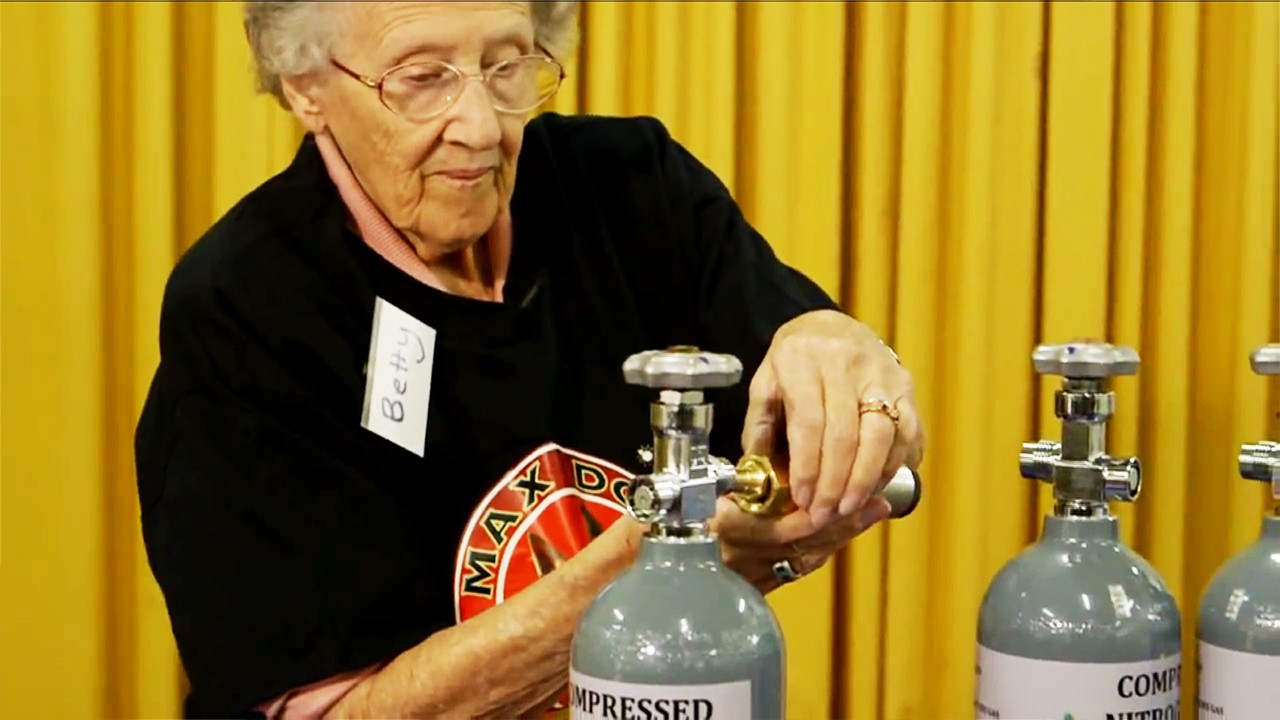The first time Ruby and Jack used Bitcoin, it was to buy illegal drugs. Ruby, a retired adult educator, and her husband Jack, a retired paramedic, had both recently turned 60, but they weren’t looking for a chemical celebration. Instead, the Australian couple was trying to obtain pentobarbital sodium, better known as Nembutal, a fast-acting barbiturate that is lethal in low doses and a controlled substance in Australia, the US, and many Western European countries.
Stories like Ruby and Jack’s are familiar within right to die circles. Simply joining a right to die organization in countries where assisted death is illegal is enough to draw attention from law enforcement agencies. So for the last two decades, Nitschke and the right to die underground have explored technological solutions to deregulating death.In many respects, DIY euthanasia is an outgrowth of the pervasive techno-libertarianism of Silicon Valley. Nitschke and the deathing counterculture see digital technologies as tools to subvert state control over life and death, a way to empower people who are actually suffering to make their own decisions.Today, Nitschke leverages the ubiquity of the internet and sophisticated consumer technologies such as 3D printing, encrypted messaging, and cryptocurrencies to empower those seeking a self-determined exit. This DIY approach to assisted death and euthanasia is a source of much controversy, even among right to die advocates. As with any technology, there is always the risk of accidents and abuse. But for people like Ruby and Jack, the deathing underground is seen as the only option for a self-determined exit.”Traditionally euthanasia workshops have just been about what drugs work and how to get them. Now we’re setting up courses on how to use Bitcoin and encryption.”
‘In 15 seconds you will be given a lethal injection…press ‘yes’ to proceed’
A rendering of the Sarco ‘suicide machine.’ Image: Philip Nitschke
Jack Kevorkian after turning himself in for the death of Janet Adkins in 1993. Image: MICHAEL E. SAMOJEDEN/AFP/Getty Images
Jack Kevorkian's 'Thanatron' that two of his patients used to end their lives. Image: TIMOTHY A. CLARY/AFP/Getty Images
CTRL + DEATH
Nitschke discusses his Sarco machine at the 2017 NuTech conference in Toronto, Canada. Image: Philip Nitschke
Nitschke holds a bottle of nitrogen. He started a brewing company as a front in order to import the gas. Image: Philip Nitschke
BITCOIN AND BARBITURATES
That same year, Nitschke released the online version of The Peaceful Pill Handbook. Stopping just short of being a suicide how-to manual, the book details over 15 methods of euthanasia ranked according to reliability and peacefulness. The book was temporarily banned in New Zealand and subject to internet censorship in Australia, where it remains controversial. In 2016, Australian customs officers seized and destroyed copies of the book that were brought into the country, where using any electronic methods to spread information about assisted death is still punishable with a $110,000 fine. Authorities have yet to charge anyone for downloading Nitschke’s book.According to Nitschke, making the Peaceful Pill Handbook an online-only affair has been both a help and a hinderance. On one hand, elderly people must be comfortable using the internet to access the book, but digital publication also makes the text available to a global audience and allows Exit International to push out developments as they happen—Nitschke said he updated the book nine times in 2017 alone, and these updates were delivered by email to anyone who had a digital copy of the book."The ‘suicide machine’ stands as a hybrid between medical and nonmedical technology.”
Nitschke tests a nitrogen tank. Image: Philip Nitschke
THE FUTURE OF DIY EUTHANASIA

Nitschke burned his medical card in 2015 before moving to the Netherlands. Image: Philip Nitschke
Nitschke said the struggle is worth it. He hopes that after two decades of technological stagnancy with regard to euthanasia, the Sarco machine will spur a DIY tech revolution in the right to die movement. According to Exit International, last year’s NuTech conference in Toronto was a success and drew 200 international viewers to its live stream as well as a number of notable speakers in the right to die community, including the inventor of a proposed euthanasia roller coaster.“As the baby boomers are getting to their twilight years, they're less inclined toward this ‘see if the doctor approves’ euthanasia strategy,” Nitschke told me. “A lot of people say they like the idea of having a doctor present, but when you dig down a bit, what they really don't want is failure. They don't want something that might end their life, they want something that will end their life. This leads back to DIY.”Nitschke related to me the first time his Deliverance machine was used to euthanize one of his patients, in 1996. Rather than it being a cold experience where death was mediated by a machine, Nitschke said it was “humanizing.” The patient quickly navigated the “Do you want to die?” questions on his own before pushing the machine to the side and holding his wife as the barbiturates began to circulate through his body. Within minutes he had passed away—or in the parlance of the euthanasia underground, he was “delivered.”“Death is not a medical process, it’s a natural process,” said Nitschke. “I see the issues around euthanasia as purely technical. They can be overcome with better technology.”Read More: Canada is Legalizing Assisted Suicide, But That Doesn’t Mean Doctors Will Do It
